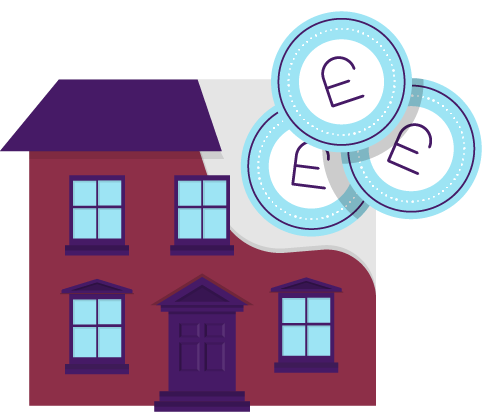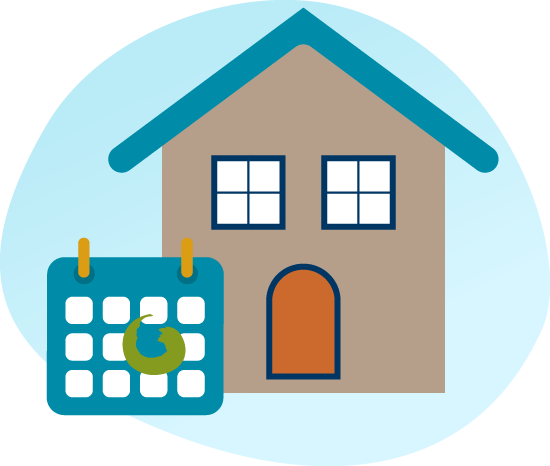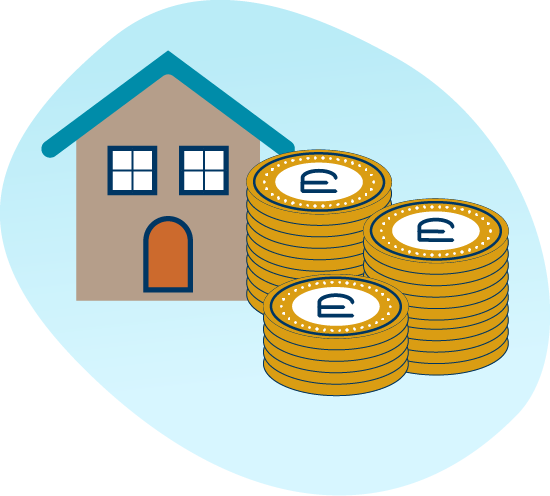An Overview
Equity Release allows you to release some of the money you have in your property, in a lump sum, multiple lump sums or a steady income stream, and in some cases a mixture of all these. The money you receive will be repaid at a later stage, usually when you die and generally from the sale of your home, allowing you to continue living there in the meantime.
There are four main types of Equity Release
Lifetime Mortgages
Release a lump sum from your property and keep 100% ownership. This eventually gets repaid, plus interest, when you and your partner die or if you go into long-term care.
Drawdown Lifetime Plans
Similar to a Lifetime Mortgage, equity can be released over a longer period of time, as and when you need to withdraw cash. This allows a little more flexibility and can lower the total amount owed.
Home Reversion Plans
Home Reversion Plans are a little different; you sell part or all of your home, in return for a cash lump sum. You have the right to live in your home for the rest of your life rent-free*.
Interest Only Mortgage
Unlock a lump sum of money, while only paying the interest charges each month. The total amount is repaid from the sale of your property, or at the end of your life.
Examples
The money you can release from your property can be used for anything you wish.
- A holiday, or holidays
- Buying a new car
- Helping family
- Gifting to children
- Extend or renovate your property
- Repay your mortgage
- Pay off loans/credit cards
- Pay for private medical bills
- Long-term care in your home
- House purchase
You Decide
If you are thinking of applying for Equity Release, you should speak to a professional adviser who can go through the options best suited to your circumstances, guide you through the process and find the best deals for you.
If you already have an Equity Release Plan in place, you may able to borrow more or reduce your current interest rate.
Lifetime Mortgage
A Lifetime Mortgage is similar to a standard mortgage where you use the value of your home as security for borrowing money. The difference is the loan is repaid out of the future sale of the property, generally when you die, or you go into long-term care (or if you are a couple when the surviving spouse or partner dies or goes into long-term care).
This type of mortgage means you can have a large sum of money without making monthly repayments out of your retirement income. Instead, the interest is added to the loan and is repaid at the end of the term; as the name suggests it’s a mortgage for life.
Over time the loan will increase in value. However, this can generally be offset by future increases in your property’s value. In most cases, the value you purchased your home for, compared to the current value, means your property has increased in value over time and will cover the amount borrowed and the interest it has accumulated.

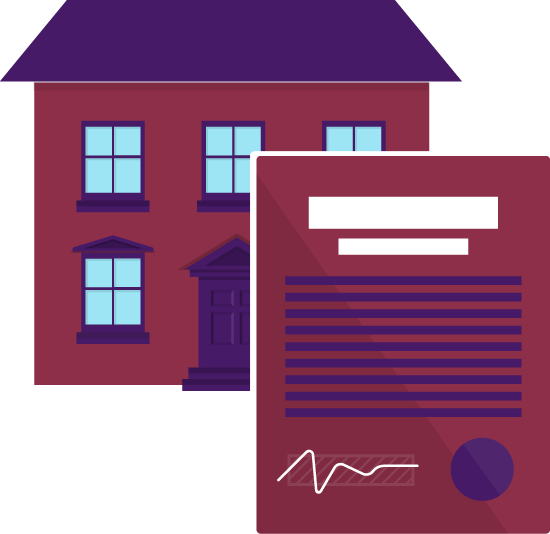
Drawdown Lifetime Plans
Under a Drawdown Lifetime Plan, your maximum loan is worked out based on your age and the valuation of your property; as with most plans but, the amount you actually borrow is flexible.
For instance, if you were approved to borrow £60,000 based on your circumstances, and only wanted to borrow £40,000 for immediate use; with a Drawdown Lifetime Plan, you can choose to leave the extra £20,000, which has been pre-approved, for you to borrow at any stage in the future.
This means that you are only charged interest on the amount you borrow now and can borrow further funds, usually without restrictions, as and when you need them, and without incurring further costs, i.e. extra solicitors’, application or valuation fees.
When you have reached the end of your Drawdown facility, you may want to increase the amount you borrow against your home. As it will be based on the future value of your property, and your new age at the time of application, less your current balance (you will owe less at this point because of the way the interest is added), an increase will be more likely to be approved.
Home Reversion Plans
Providers of Home Reversion Plans will purchase all or a share of your property in return for a cash lump sum. They will own the property, but in return, you are granted a lifetime lease which gives you the security to live in your home rent-free* until you die or go into long-term care (or if you are a couple when the surviving spouse or partner dies or goes into long term care).
If you were to sell a percentage of your property, when you die, only the remaining percentage would go to your loved ones. If you were to sell all of the property, the Home Reversion provider would own all of it, and there would be no value left for your loved ones to benefit.
Home Reversions Plans are longer-term commitments and are not suitable for those wishing to buy back all or a share of their property during the term of the plan. The amount you receive for the share you sell is based on your age. The younger you are, the longer you will likely live in your property rent-free; therefore the cash sum offered by the provider will be less. However, compared to other mortgage plans you may be able to release a higher amount out of the property.
*You will be expected to maintain and insure the property while you are living there.
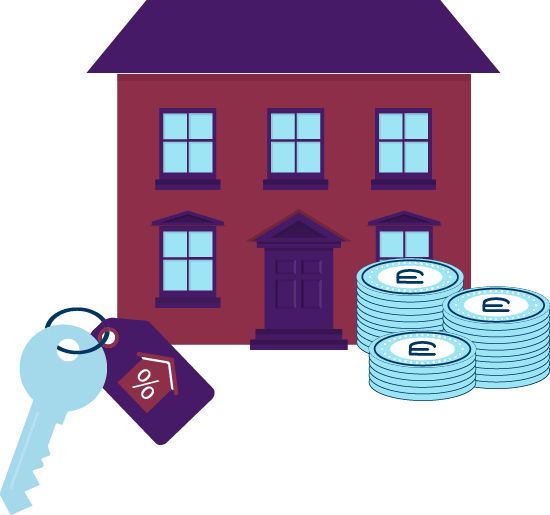

Interest Only Mortgage
Interest Only Mortgages allow you to borrow a lump sum of money and repay only the interest. This means that throughout the term of the loan the balance will not increase, and at the end, you only pay back what was originally borrowed. There are a variety of Interest Only Mortgage options, as with most normal mortgage types; for example, fixed rates, variable rates, tracker and discounted rates.
This type of plan is not as common and only available from certain lenders; who will lend up to 75% loan to value of your home, based on their lending conditions.
It is worth considering yours, or your joint retirement income as lenders will look into your financial situation, all income will have to be disclosed, and a credit history check carried out. They will make sure you can afford the repayments before approving the mortgage.
An Interest Only Mortgage is secured against your home and failure to keep up with the repayments can result in having your home repossessed. Therefore, you may wish to cover the mortgage with Life Cover; an insurance policy which can be arranged to repay the loan in full or in part on your death, allowing your spouse or partner to continue living in the property if their income has been reduced by your loss.

How much help do I need?
Not sure where to start? Not sure whether you are eligible?
It is worth noting that the type of plan available and the amount you can borrow is dependent on your age, gender, property value and lender.
Why not complete our simple quiz. It only takes a few minutes and is designed to help you decide how much professional help you need. You will be referred to one of our Trusted Partners who specialise in Equity Release. They will clearly explain your potential options, without any obligation or pressure, and discuss the best plan for you.
Equity Release advice is given by advisers who are regulated by the Financial Conduct Authority (FCA). It is important you get the right advice before securing any debts against your home.
*You will be directed to the How Much Help website to complete the quiz

